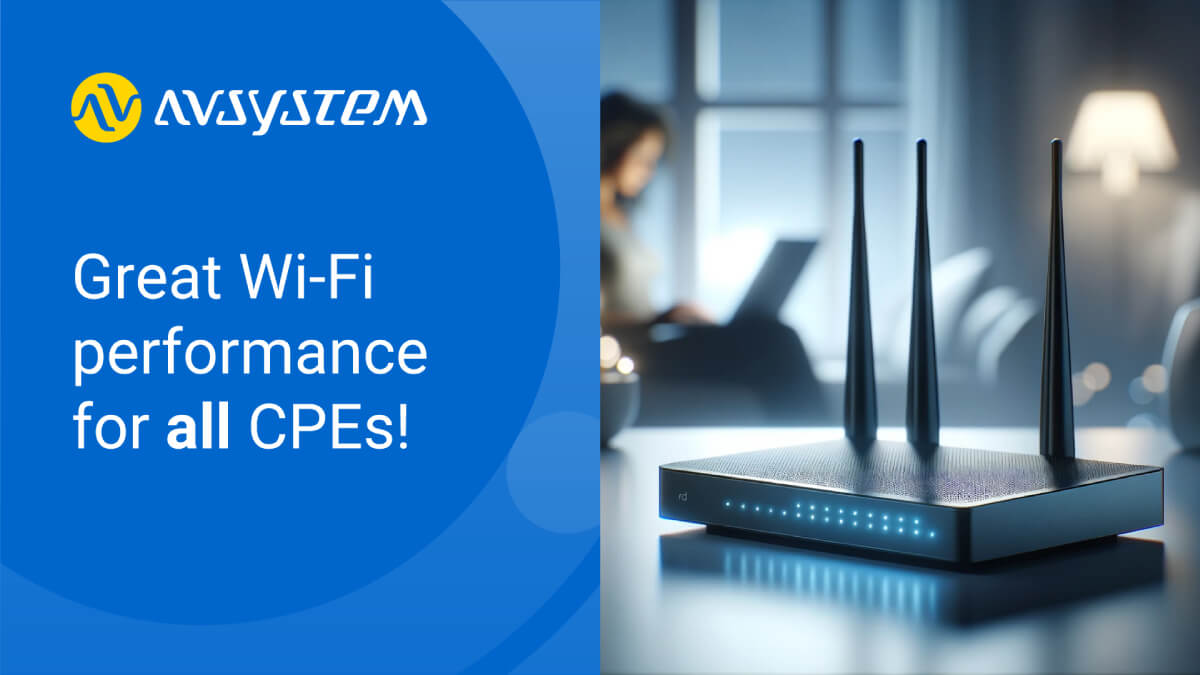Why Move to TR-369 from Old and Good TR-069?

As technology evolves and the demands on networks increase, it's essential to continually reevaluate the tools and protocols used to manage and monitor customer premises equipment (CPE). TR-069, also known as the CPE WAN Management Protocol (CWMP), has been a popular choice among service providers for years. However, with the emergence of the TR-369 standard, also known as the User Services Platform (USP), there are compelling reasons to consider making the switch. In this article, we will discuss the benefits of adopting TR-369 over the well-established TR-069 protocol, focusing on improved traffic footprint, enhanced monitoring configuration, multi-controller support, and IoT device compatibility, among other advantages.
Improved Traffic Footprint
One of the main benefits of TR-369 over TR-069 is optimized bandwidth usage. TR-069 uses the Simple Object Access Protocol (SOAP), which can be quite data-intensive. In contrast, TR-369 leverages more efficient binary encoding through protocol buffers, which combined with transport protocols such as MQTT and STOMP results in reduced data transfer. Not only is it a better choice for networks with constrained bandwidth, but even modern infrastructure can now handle more frequent device monitoring.
Create new services for managed WiFi, mesh networks, and smart home. Learn more about the User Services Platform.
Enhanced Monitoring Configuration
TR-369 introduces a more flexible and efficient monitoring configuration, allowing the USP Controller or ACS to set thresholds for when monitoring samples should be sent. This eliminates the need for constant polling, which was a requirement of the original TR-069 protocol. As a result, TR-369 reduces the burden on network resources and improves overall performance.
Multi-Controller Support
Unlike TR-069, which relies on a single ACS for management, TR-369 allows for the use of multiple controllers. This added flexibility enables service providers to implement more sophisticated management and monitoring strategies, improving network reliability and resilience.
Discover the full potential of multi-controller support. Ask for a demo of our Unified Management Platform.
Smart Home Device Compatibility
The rise of IoT devices has created new challenges for network management, as these devices often have limited bandwidth and rely on battery power. TR-369's more efficient protocols make it a better fit for managing IoT devices, ensuring optimal performance without draining precious resources. Data model 2.0 has a built-in schema for smart home devices behind the gateway.
Ease of Migration
Many similarities between TR-069 and TR-369 make migration easier for users already familiar with the former. The data model, diagnostic functionality, and additional querying capabilities on the protocol level are largely consistent between the two standards, simplifying the transition for service providers and minimizing disruptions.
The TR-369 standard, or USP, offers numerous benefits over the older TR-069 protocol, making it an attractive option for service providers looking to optimize their network management strategies. With its improved traffic footprint, enhanced monitoring configuration, multi-controller support, and Smart Home gateway compatibility, TR-369 is well-suited to meet the demands of modern networks. Furthermore, the similarities between TR-069 and TR-369 ensure a smoother migration process for those already familiar with the older protocol. Embracing TR-369 can help service providers deliver more reliable, efficient, and scalable network management solutions in an increasingly connected world.
Author:
Grzegorz Kozłowski, Product Director
Recommended posts
- Understanding CPE Requirements for Optimizing Smart Wi-Fi Performance
- Why choose open standards for WiFi service assurance?
- Solving Key Challenges of Fritz!Box Users With Cloud ACS
Subscribe to stay in the loop with all our latest content:
Recommended posts



